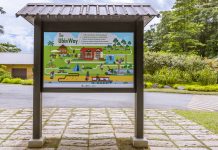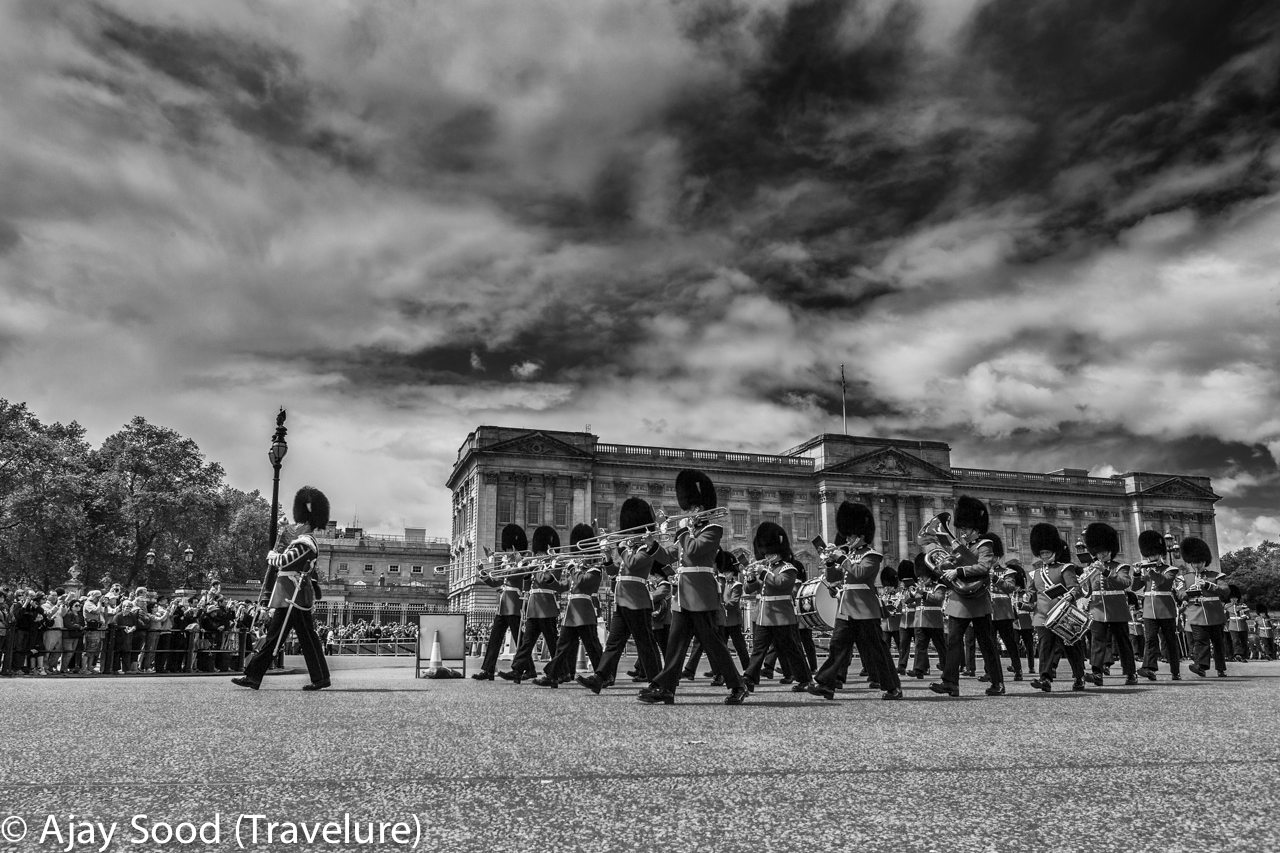The MasterClass Series #16
The Beauty of the Blue Hour
Equipment
EOS 5D Mark III (Gardens by the Bay, Orchard Road, NYC Skyline, Hallgrímskirkja Reykjavik),
TS-E 17mm f/4 L (Gardens by the Bay, Hallgrímskirkja Reykjavik), EF 24-70mm f/4 L IS USM (Orchard Road, NYC Skyline).
EXIF #1
SuperTree Grove, Gardens by the Bay, Singapore
Focal length: 17mm
Aperture: f/4
Shutter speed: 1/30
ISO: 800
EXIF #2
Orchard Road, Singapore
Focal length: 24mm
Aperture: f/4
Shutter speed: 1/50
ISO: 800
EXIF #3
NYC Skyline
Focal length: 50mm
Aperture: f/4
Shutter speed: 1/10
ISO: 2000
EXIF #4
Hallgrímskirkja Reykjavik
Focal length: 17mm
Aperture: f/4
Shutter speed: 1/50
ISO: 800
Editing
Adobe Lightroom Classic CC
Moving from achieving balance despite clutter, this week we’ll talk about two fantastic time windows during a day when you can make stunning photographs. We’ll dwell on the beauty of the blue hour.
The Story
A day with sunshine and a clear blue sky. The subject looks nice and bright. As we take a shot and review it, a washed-out sky in a mediocre image stares us in the face. Ever wondered what happened?
To understand the issue, let’s get into some technical aspects of optics.
In photography, the term – Stop of Light – is used to show either halving or doubling the amount of light. To say that a camera has a dynamic range* of 10-stops means it can handle the range from X amount of light to 1024X amount of light in a single frame (where X is the darkest and 1024X is the brightest point in that frame). We arrive at this 1024X by doubling the X ten times (X, 2X, 4X, 8X… 1024X).
Even the most competent cameras with a DR of 13 stops can only handle a range of light from X to 8192X.
In comparison, this DR of the human eye is from X to 1,048,576X (20-stops).
It means we are able to see the darkest and the brightest part of the scene vividly, while the camera struggles to do justice to this wide range of reflected light in a frame.

The dynamic range challenge and the beauty of the blue hour
The above dynamic range limitation of cameras throws up a challenge of capturing a decent frame that does justice to the beauty of the scene. Given that this dynamic range challenge is a reality, we wonder if ever there’s a time of the day when the scene fits the limited capture ability of a camera.
The shots
Enters the blue hour**. This is when the scene has the least dynamic range. Most blue hour scenes will fit well within the camera limit of 12-13 stops of light.

It may be a joy to shoot at the blue hour, but the tricky part is the short time window available. In most tropical geographies, the morning and evening blue hour last between 5 and 20 minutes, depending on the season. In the temperate zone, it is longer – between 20-45 minutes. And it is the longest in polar zones, sometimes stretching to a few hours.
For shots #1, #2, and #4, I used a tripod, while I shot #3 handheld.

Steps to make the most of the blue hour:
- Overall light during the blue hour is low. It calls for a slow shutter speed and/or a higher ISO.
- Slow shutter speed mandates the use of a tripod and remote (or self-timer) unless you have steady hands for a long-exposure.
- Pro Tip: To determine if we need a tripod, remember the inverse of focal length*** rule.
- While editing set the white balance based on the dominant light source. If it is the available ambient light, the daylight/cloudy/shade setting will do the trick. Otherwise, you may need to lower the kelvins to fluorescent or tungsten.
Click HERE for another blue hour classic.

Make the most of this natural light system and catch some great shots!
*In photography, the dynamic range is the difference between the darkest and lightest tones in an image pure black and pure white. It’s more often used to talk about the maximum dynamic range of a camera.
**Blue hour: The time when the sky turns from orange at sunset to blue before turning black for the night. It is also when the sky turns from black of a dark night to the blue of twilight just before turning golden at sunrise.
***Inverse of focal length rule: You can slow down the shutter speed to the inverse of the focal length you are shooting at and still get away with no camera shake while shooting handheld.




















very nice article
Thanks, Himanshu!
very nice blog post.
Thanks a lot!
this is a nice article, thanks for sharing.
Glad you liked it! I hope it helped!